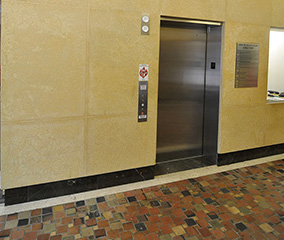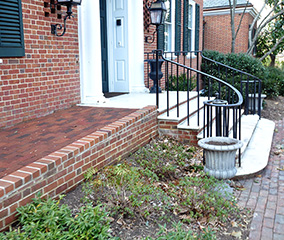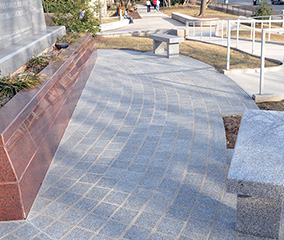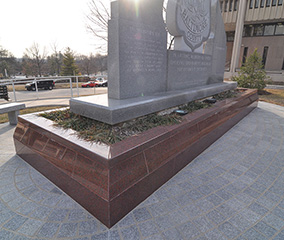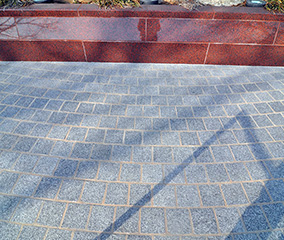
Marble and limestone are the stones of history, and we must do our part to preserve them.
Stone is one of the most enduring construction materials, and has throughout history been a lasting testament to architecture. Marble and limestone, valued for their versatility and beauty, are two of the most common materials used in historic structures. But despite their tenacity, even marble and limestone will suffer from wear over time. Pollution and urbanization are contributing to stone deterioration faster than ever before.
About Limestone and Marble
Limestone is derived from sedimentary rock in which calcium carbonate is the major component. Typically, limestone comes in an off-white or grey color and is uniform in consistency and texture. Marble is a form of limestone that has been transformed by intense heat and pressure. Marble typically has a much finer texture and can be polished, where limestone cannot.
Stone Deterioration
Preserving the distinctive features, finishes and construction styles of historic structures is important. Stone deterioration can occur through weathering, invasive plant growth, pollution, dirt accumulation, erosion, or even human error in the design and engineering of the structure. Because marble and limestone are both carbonates they share a number of properties that are important to understand for maintenance and reservation.
- Marble and limestone are highly sensitive to acids in rain, automobile exhaust, or other airborne pollutants.
- They readily absorb water and water trapped within the stone will lead to deterioration. Moisture penetrating the stone must be allowed to evaporate.
- They are soft stones that are susceptible to scratches and scuffing. Chemical cleaners, sandblasting and wind-driven grit are destructive to marble and limestone.
Repair Techniques
Limestone or marble that is cracked, spalled or exfoliated should be repaired quickly to prevent further damage from taking place. A professional stone restoration expert can employ a number of repair techniques. They can do a repointing, for example, by cutting out failed joint mortar and applying a newly finished mortar that replicates the structure’s original style. Other techniques include re-anchoring, pinning, patching, sculpting, resetting, consolidation, crack repair or stone replacement. Although stone facade repair can seem costly, the cost is peanuts compared to that of correcting deferred or ignored defects.
Maintenance and Cleaning
Although some stone deterioration is inevitable, the process can can be slowed and real damage prevented by following routine maintenance practices. You should inspect marble and limestone for early signs of stone damage or joint failure. Regularly wash accumulating dirt and pollutants from your stone. Avoid acid based cleaners. Water washing is fine for marble and limestone surfaces. Waterproof coatings should not be used on stone as they will trap moisture and contribute to deterioration. When it comes to stone rehabilitation, stick with design professionals who are experienced and knowledgeable in stone repair.
Masonry Repair and Restoration from Del Prete Masonry
For all of your questions regarding masonry repair and restoration, feel free to contact Del Prete Masonry. Our masonry restoration professionals have the experience and history of satisfied clients to prove that we’ll get the job done right, and cost-effectively. To get started with your masonry restoration project, please contact our office today at 410-683-0650 or email us at mike@delpretemasonry.com. We serve Baltimore City, County, Harford County, Carroll County, Anne Arundel County, and Howard County.
Keep up with our blog for masonry related information, and follow us on Facebook, Twitter, and Google+!
Tags: limestone, marble, masonry restoration












